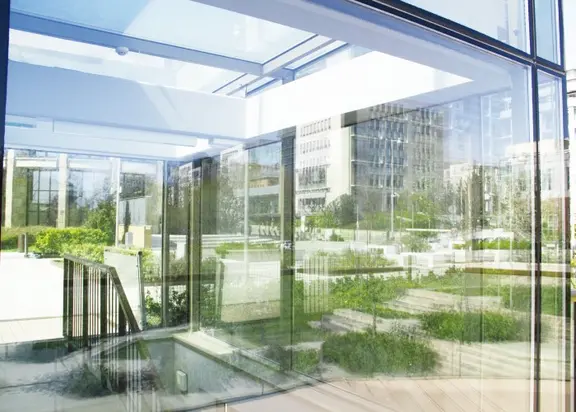Sustainable space optimisation
Many businesses lack insight into the actual use of their buildings. With the shift towards remote working following the COVID-19 pandemic, many traditional space concepts have become obsolete. This has led to inefficient occupancy, higher operating costs, and unnecessary resource consumption.
We provide tailored solutions to meet your operational needs.

Occupancy analysis
Using a range of measurement methods, we assess and analyse space utilisation across all areas—from floors and rooms to individual workspaces. Based on this data, targeted measures can be implemented to help businesses achieve their space management goals.
Well-being
We collect key comfort metrics, including temperature, humidity, CO₂ levels, and lighting, making this information readily available to building occupants. Acoustic or visual alerts notify users of threshold breaches, raising awareness of indoor climate conditions.
Live dashboard
Real-time data visualisation enables managers to optimise space utilisation while allowing users to locate available assets effortlessly.

Historical occupancy data
Analysing occupancy trends enables strategic space management decisions, helping businesses determine whether they have excess or insufficient office space.
Increased efficiency & resource conservation
Intelligent cleaning management (using dynamic run sheets) ensures that only occupied spaces are cleaned, improving efficiency and reducing material consumption.
Health & well-being of building occupants
An optimised indoor climate boosts productivity, while consistent monitoring of well-being parameters ensures long-term health and comfort.

Goals
Continuous data collection provides portfolio managers with a robust foundation for strategic decision-making and a vital control mechanism for achieving sustainability objectives (ESG).
By analysing occupancy and well-being data, we expose inefficiencies, enabling targeted optimisation and resource conservation.
